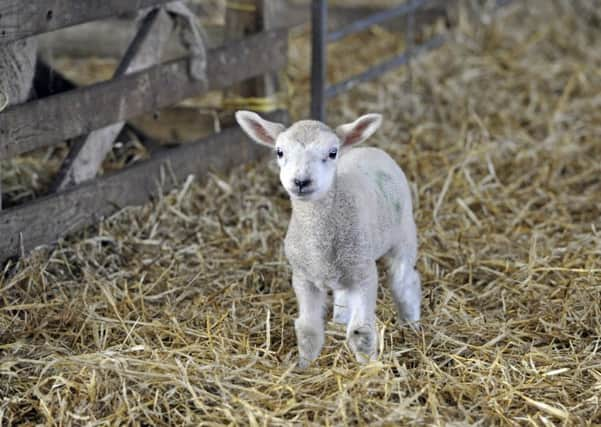The busiest time can be a pleasure


March calving and lambing has not finished and April calving and lambing is in full swing.
I had the pleasure of being on call for part of Easter and all of the first weekend in April, and this was on the back of lambing my own sheep the week before.
Advertisement
Hide AdAdvertisement
Hide AdIt is a pleasure being busy, as long as the calls come in staggered throughout the day. If too many come at once, typically 8.30am after the morning round checking stock, and 5pm before shepherds go in for tea, it can be difficult to juggle.
There are three farm vets on call to deal with emergencies, and Jenny managed to sort one tight spot by getting clients with ewes requiring lambing to bring them to the surgery instead of spending time travelling between calls. At this point I was lambing a ewe with a deformed lamb, a case of Schistosomus reflexus, on the coast, Steve was busy elsewhere, and lambings in Elsdon and Ponteland would have proved difficult to get to at the same time
Delivering lambs and calves never looses its appeal. Even sorting rotten lambing and difficult calving is satisfying if the dam makes a full recovery.
Cases do become a blur, with one lambing followed rapidly by the next, and night calls disturbing sleep, but over the last week I will have dealt with a variety of other cases from abortion storms, lead poisoning, milk fevers, pneumonia in calves and lambs and scouring lambs to entropion in lambs (turned in eye lids), atresia ani, where the lamb has no rectum till a new one is created with a resulting explosion of mess, and calf meningitis, and probably more that have slipped my memory.
Advertisement
Hide AdAdvertisement
Hide AdThe lambing will soon slow down, though it’s not unusual to do a late hogg at the beginning of June. Calving continues for a while as some herds only start towards the end of April. We now have to look forward to joint ill, coccidiosis and nemotadirus.
The work at present is certainly varied as my next call is to check heifers to see if they are fit to bull, with large enough pelvises to produce a calf next year. This, and checking bulls, is common for the end of April and May.
Vaccination against BVD and leptospirosis also needs to be fitted in before the next breeding season and the annual cycle starting again.